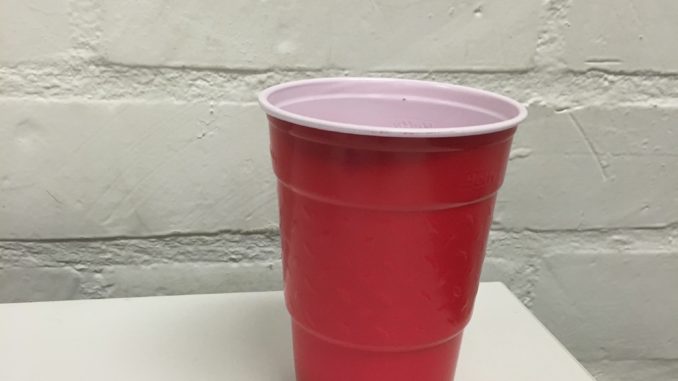
By TJ Ford
Theme Editor
Seen by some as an inconvenience and by others as a necessity, driving under the influence, or DUI, checkpoints are one of the more common methods used by police officers to curb drunk driving. DUI checkpoints are locations where law enforcement officers are stationed to check drivers for alcohol-related impairment.
In the United States, selective breath testing (SBT) checkpoints are the only type deemed constitutional, where police officers must have probable cause and reasonable suspicion of intoxication in order to administer field sobriety tests (FST) to individuals or conduct preliminary alcohol screening (PAS).
In comparison to checkpoints that utilize random breath testing (RBT) techniques that are used commonly in the United Kingdom, sobriety checkpoints currently conducted nationwide are far less effective. Differing from SBT checkpoints, random breath testing checkpoints bypass the requisite probable cause requirement that an officer must provide evidence, like overtly red eyes or the scent of alcohol on a driver’s breath, to conduct FSTs on an individual.
In a study conducted in South Wales over the course of five years where a widely publicized campaign advised against drunk driving and utilized RBT checkpoints, the prevalence of fatal crashes and crashes that led to severe injury dramatically decreased. Specifically, crashes linked to driving under the influence decreased by 36% and 35%, respectively, according to the report compiled by the Center of Disease Control and Prevention and the National Highway Safety Administration.
In the United States, however, adjacent SBT checkpoints solely decreased the incidence of alcohol-related crashes on average by 20%, according to the CDC, plainly demonstrating the lessened efficacy of American checkpoints.
Dually, a study conducted in North Carolina that tested drivers voluntarily after passing through sobriety checkpoints revealed that only 38% of persons with blood alcohol contents (BACs) over 0.08% were caught, and that over 90% of persons with BACs over 0.05% were let past the checkpoints.
Evidently, the potency and detection abilities of DUI checkpoints is questionable, especially considering the rates of intoxicated drivers who slip through the cracks.
Because of the restrictions imposed upon law enforcement to be able to test and monitor persons, including limitations that disallow stopping persons for longer than certain periods of time or from investigating persons beyond general sensory information, their overall usefulness seems low. Although one of the stated goals of sobriety checkpoints is to give off the impression to the public that police action is imminent for intoxicated drivers, advance notification of checkpoints and their utilization only temporarily alleviate the issue of alcohol-impaired driving.
For long-lasting prevention of the occurrence of intoxicated driving, truly functional systems of checkpoints must be implemented. Because SBT checkpoints are the only type legal in the United States, in order to increase the potency of checkpoints and reduce drunk driving stemming from DUI checkpoints, better methods for testing are necessary.
The widespread usage of passive alcohol sensors would allow for officers to detect the presence of alcohol in vehicles without the need to selectively test persons or invade the privacy of individuals. PAS systems can be as unintrusive as being built into flashlights and can give officers the ability to observe and detect alcohol’s presence in the immediate surroundings of the sensors.
As they stand currently, sobriety checkpoints render themselves more as warning lights than they do as effective methods of catching drivers operating under the influence. Though useful in the fear they instill in those who would have otherwise been on the roads, DUI checkpoints are far less impacful on drunk driving than they could be.
Overall, if DUI checkpoints are to be utilized as the main method to curb drunk driving, then it is necessary to bolster law enforcement with better techniques of detection; otherwise, no appreciable benefits exist.



Leave a Reply